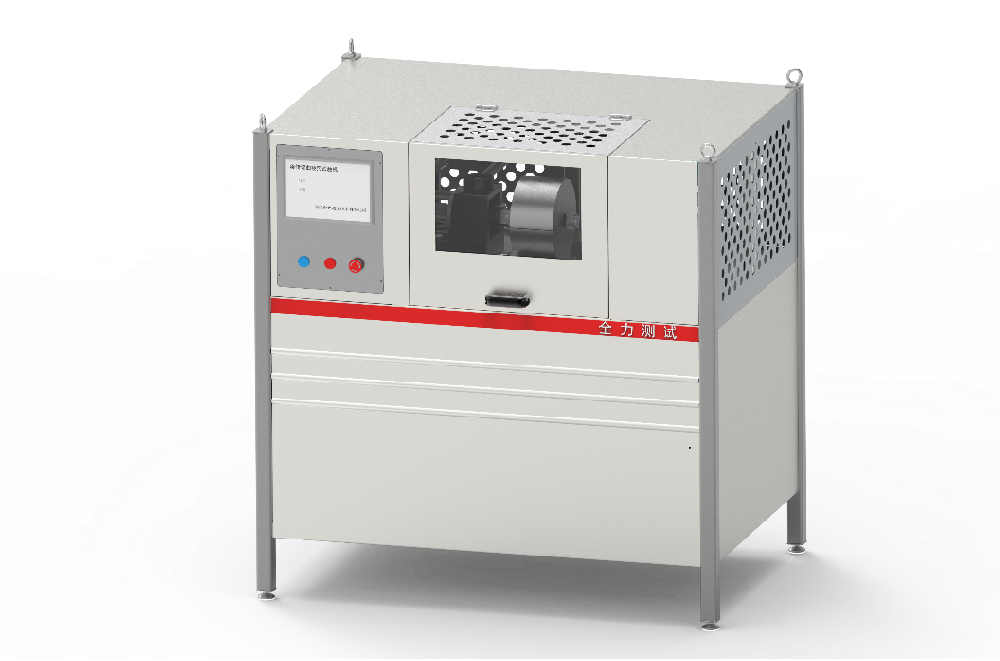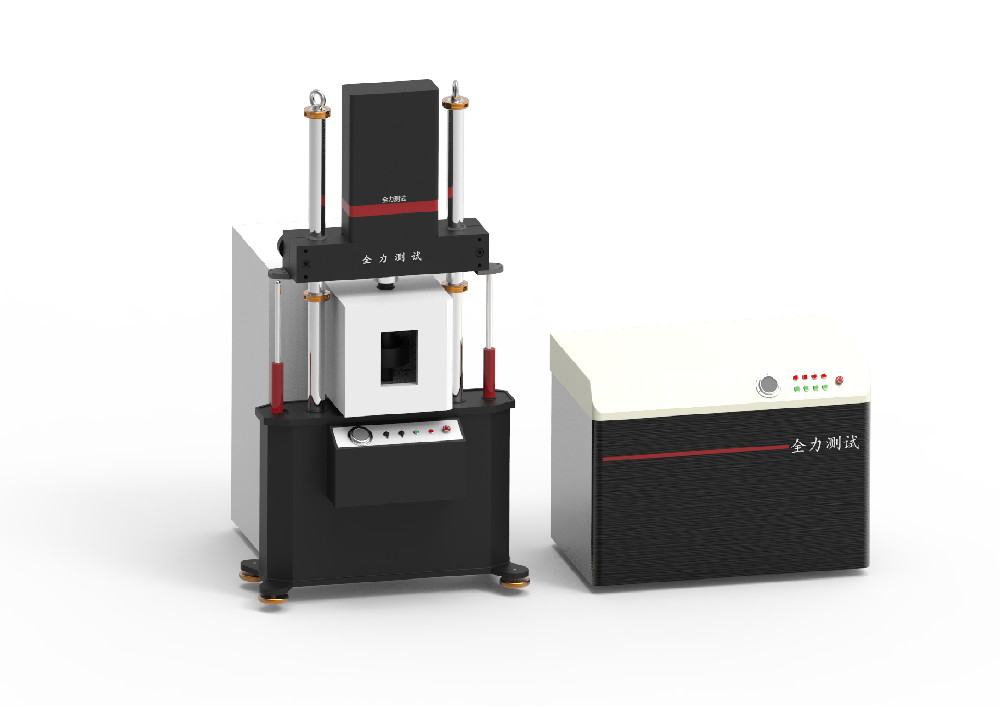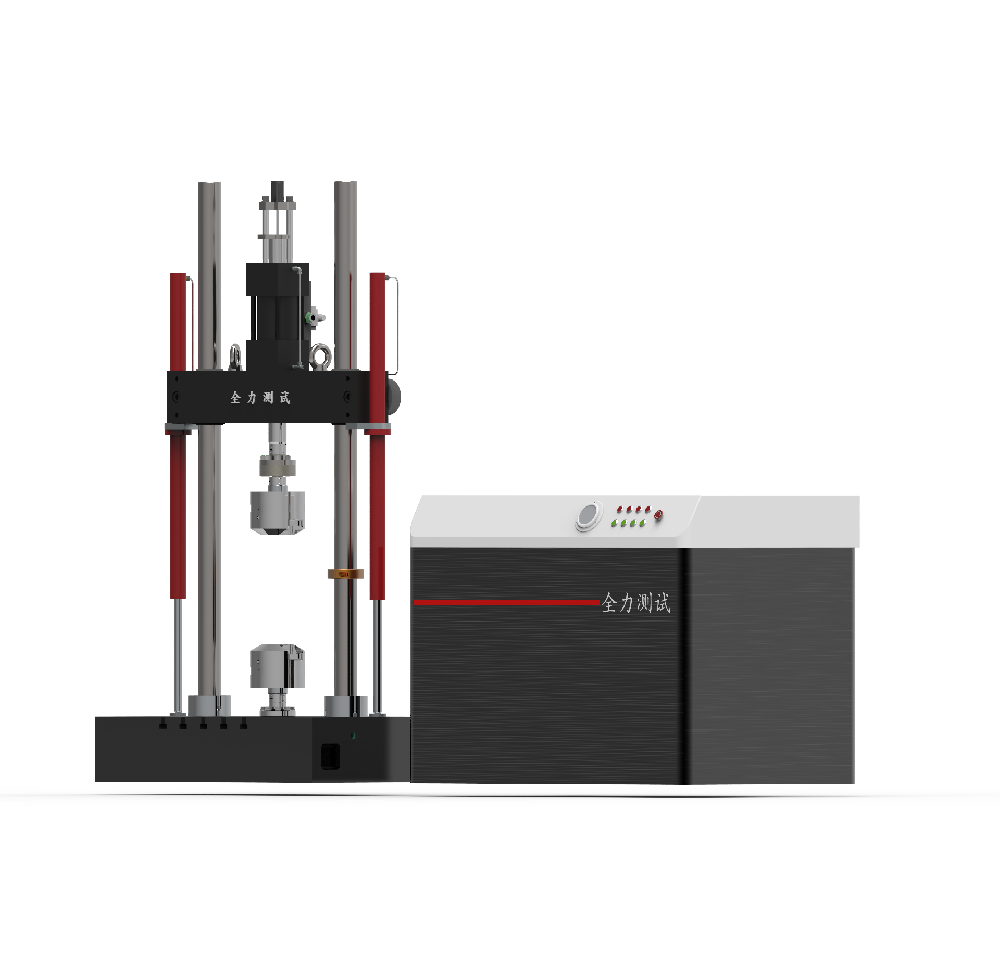引伸計(jì)是測量構(gòu)件及其他物體兩點(diǎn)之間線變形的一種儀器,通常由傳感器、放大器和記錄器三部分組成.在使用中有很多人反應(yīng)引伸計(jì)夾不緊,是不是質(zhì)量有問題,其實(shí)不是引伸計(jì)的質(zhì)量問題,而是使用方法的問題.
The extensometer is an instrument for measuring the linear deformation between two points of components and other objects. It is usually composed of sensors, amplifiers and recorders. Many people in use react that the extensometer is not clamped tightly, whether there is a quality problem, in fact, it is not the quality problem of the extensometer, but the problem of the method of use.
在裝夾引伸計(jì)時(shí),將引伸計(jì)輕輕拿起,把標(biāo)距桿墊片卡在力臂與標(biāo)桿之間,壓緊兩力臂,使兩刀刃垂直接觸試樣,用彈簧或橡皮筋將引伸計(jì)綁在試樣上,裝好后取出標(biāo)距桿墊片,使力臂與標(biāo)距桿之間保持0.5mm的間隙.
When clamping and extending, the extensometer is gently picked up, the spacer of the benchmark bar is clamped between the force arm and the benchmark bar, and the two force arms are pressed so that the two blades contact the sample vertically. The extensometer is tied to the sample with a spring or rubber band, and the spacer of the benchmark bar is taken out after loading, so that the gap between the force arm and the benchmark bar is kept at 0.5mm.
注意事項(xiàng):
Matters needing attention:
1. 電子萬能試驗(yàn)機(jī)在試驗(yàn)前必須檢查,以免造成引伸計(jì)損壞.
1. The electronic universal testing machine must be checked before the test, so as not to cause damage to the extensometer.
2. 要保護(hù)好電子引伸計(jì),不要摔碰,刀口保持鋒利.
2. To protect the electronic extensometer, do not fall and keep the knife edge sharp.
3. 標(biāo)距桿兩端的螺絲釘不要取下,以防兩臂開度無限制張開,造成應(yīng)變片及彈簧片永久變形,使得引伸計(jì)損壞.
3. Do not remove the screw at both ends of the benchmark rod to prevent the opening of the arms from opening indefinitely, resulting in permanent deformation of strain gauges and spring sheets, which may damage the extensometer.
值得一提的是,有的電子萬能試驗(yàn)機(jī)夾具在夾緊試樣的時(shí)分會發(fā)生一個(gè)初始力,所以記住必定要把初始力消除以后再夾持引伸計(jì),這樣引伸計(jì)夾持的標(biāo)距才是試樣在自在狀態(tài)下的原始標(biāo)距.
It is worth mentioning that some fixtures of electronic universal testing machine will produce an initial force when clamping the sample, so remember that the initial force must be eliminated before clamping the extensometer, so that the distance held by the extensometer is the original distance of the sample in its own state.







